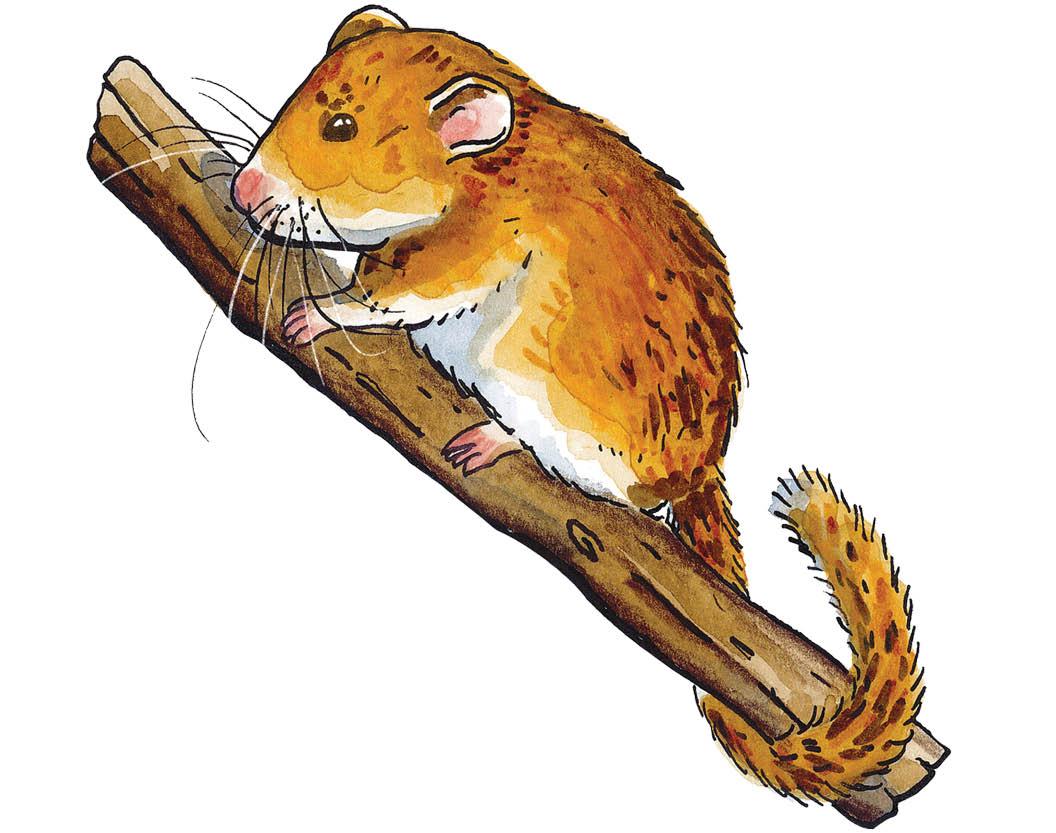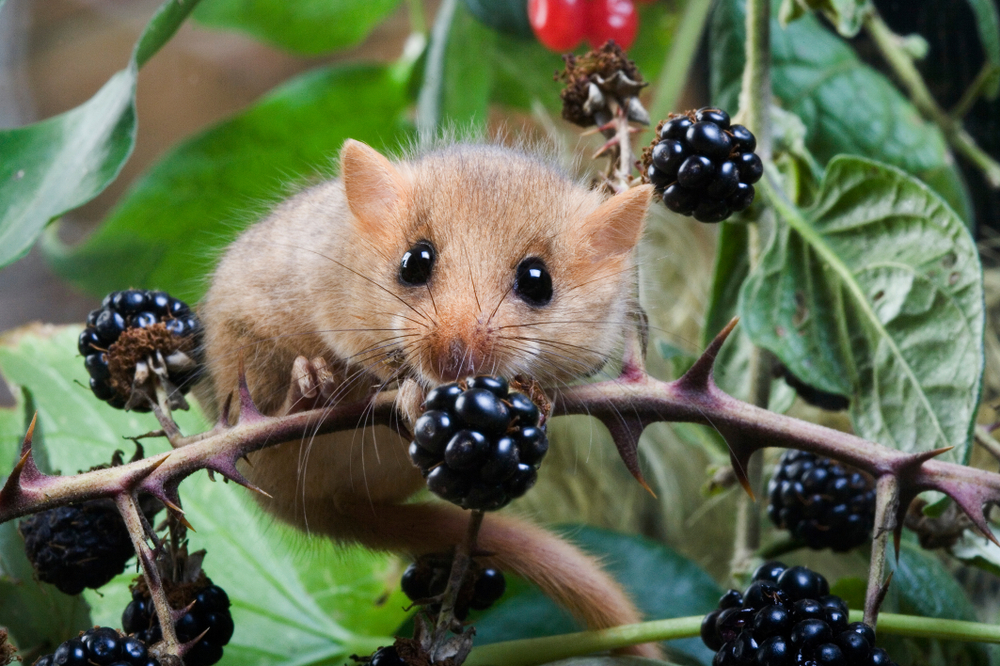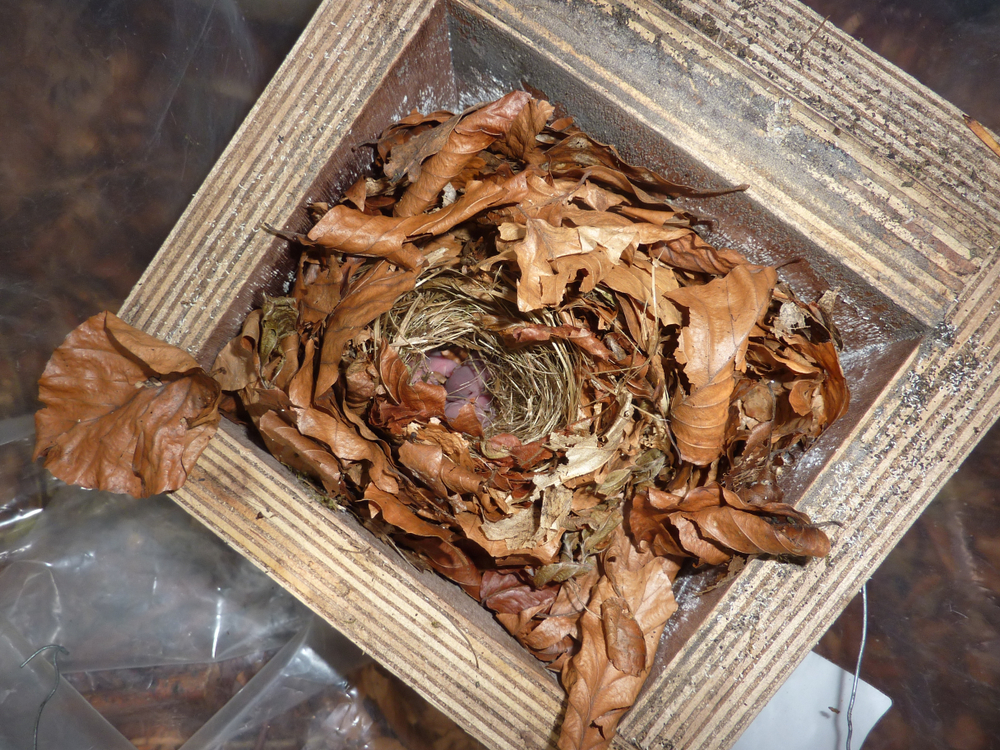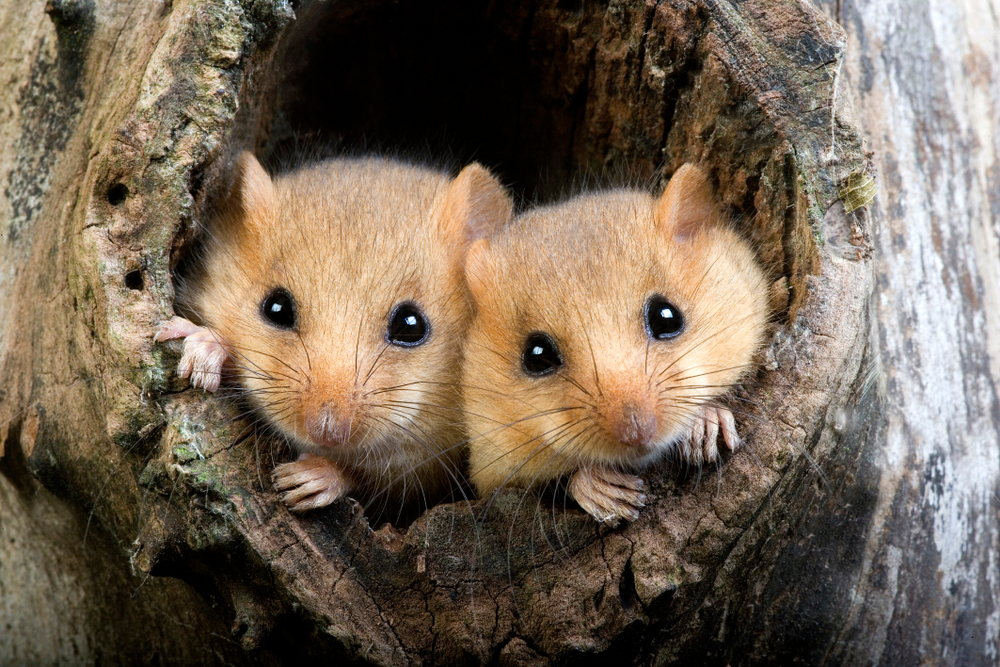
For January 2024 our species of the month is the Hazel Dormouse.
The Hazel Dormouse, or Common Dormouse, is one of the most elusive mammals native to the UK, as well as being one of the cutest! The name 'dormouse' comes from the French word 'dormir', meaning 'to sleep' - a hint at what this family of rodents is best known for.
Not to be confused with the Edible Dormouse, which can be found in the UK but is not native, the Hazel Dormouse can be identified by their golden brown fur, large black eyes and distinctive furry tail.
They have a body length of around 8cm, with their tail measuring around the same. Dormice hibernate in the UK from October, and Adults can reach 40g in weight before winter. They usually weight between 15-26g during the rest of the year.
Where are dormice found?
Hazel Dormice are not widespread through the UK, only being found in Central and South West England, and Wales.
The species are strongly associated with Hazel woodland and coppice understory, which gives them their name, but they can be found in a wide range of deciduous woodland and hedgerows. They are strictly nocturnal and arboreal, spending the night foraging around high tree branches. They rarely come to the ground, until it’s time for hibernation, and have been known to only stay within 70 metres of their nest.
Unfortunately, their populations have seen a decline due to habitat fragmentation, loss of suitable nesting sites, and changing land use patterns.
What do dormice eat?
Their reliance on hazel trees for food is reflected in their name, as hazelnuts are a staple in their diet. Dormice also eat other foods as they become available throughout the seasons, such as other types of nuts and seeds, berries, nectar and pollen from flowers and occasionally insects. As a result, they rely on a variety of tree species like Oaks, Brambles, Honeysuckle, Willows, Blackthorn, Hornbeam and Sweet Chestnut.

How can we help protect them?
Dormice are protected in the UK under the Wildlife and Countryside Act 1981 and the Species and Habitats Directive 2017. Desptie this, the People's Trust for Endangered Species (PTES) 2023 report on the State of Britain's Dormice found that dormouse populations have declined a staggering 70% in the last 20 years. It's very clear that this species needs even more support! Here's how we can contribute to their conservation:
Habitat Conservation:
Support initiatives that focus on conserving and planting native woodlands, hedgerows and dense shrubbery. It is vital for dormice to ensure there is connectivity between these habitats to allow individuals to roam, forage and breed freely. Avoiding pesticides and cultivating a diverse range of plants can also support the insects they feed on.
Nest Box Installation:
Erecting nest boxes in suitable locations can provide additional shelter and breeding spaces for dormice, supplementing their natural nesting sites. You can take a look at some of the nest boxes we offer, but once they are being used, please remember that it is illegal to disturb dormice without a suitable license.

Citizen Science Participation:
Engage in citizen science projects that monitor dormouse populations. This data helps conservationists better understand their distribution and behaviours, aiding in targeted conservation efforts.

PTES's National Dormouse Monitoring Program (NDMP) is a fantastic way to get involved, either as an experienced ecologist or a novice, and helped contributed the data mentioned in their 2023 report.
You can use footprint tracking tunnels as part of the NDMP, and Wildcare donate 10p to PTES for every dormouse footprint tracking tunnel sold!
Education and Awareness:
Spreading awareness about the importance of preserving dormice and their habitats can inspire communities to take action and support conservation initiatives. You can start by sharing this blog to get the conversation going among your friends or family!

By collectively taking steps to protect these beautiful mammals, we can contribute to the preservation of a species integral to the UK's biodiversity. Let's ensure that hazel dormice continue to enchant future generations with their presence in the country's woodlands.


